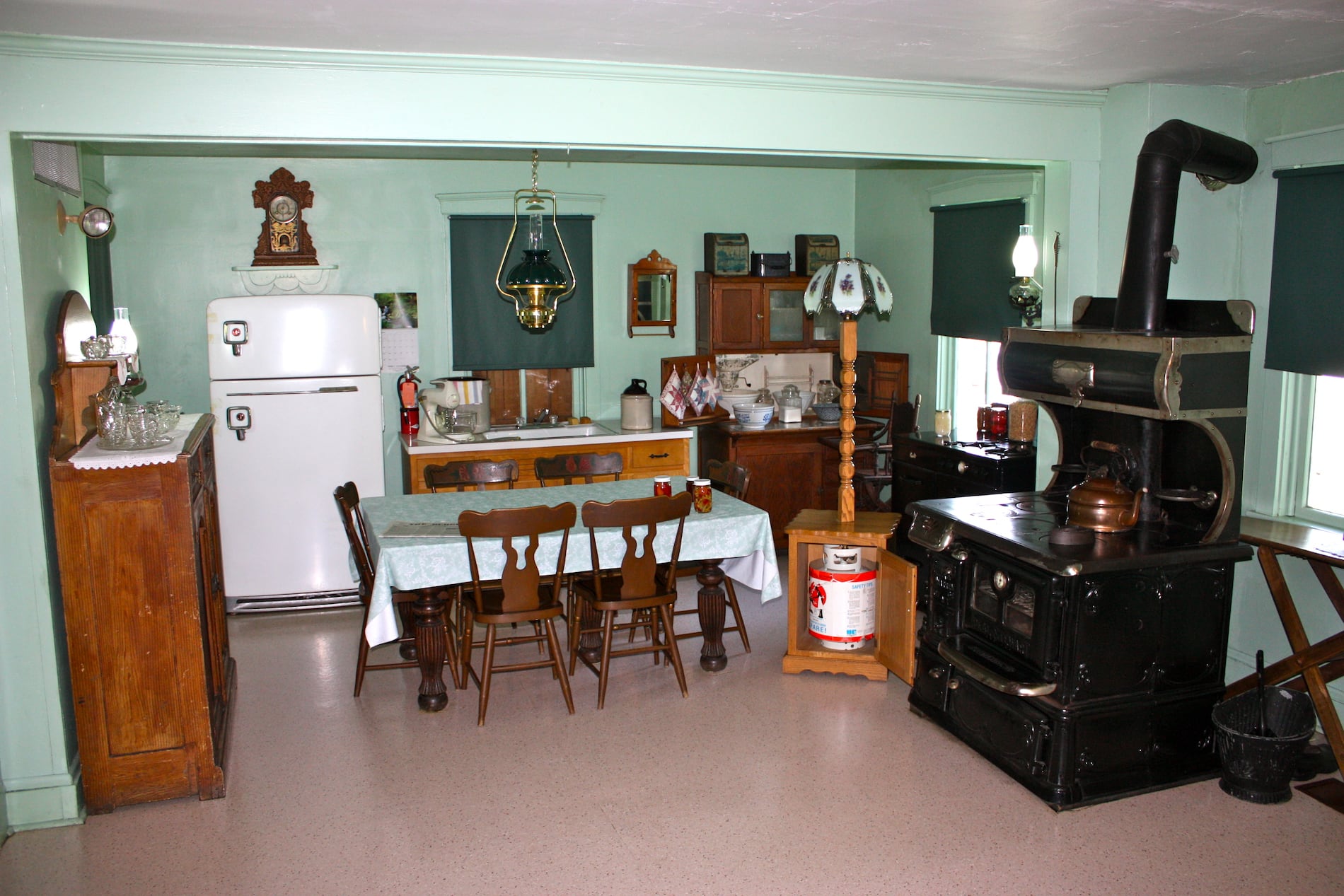Want to learn more about Amish traditions, culture, and heritage? Want to see how The Amish Village changes over the seasons? We pack our blog with helpful articles all about the Amish culture and some news about The Amish Village.
Amish Homes and Modern Technology

No matter if you’re Amish or English, home is where the heart is. It is a reflection of who we are. In the Amish community, homes are sacred spaces. They are where children are born, raised, and brought up in the Christian faith. Church services are held at each house a couple of times a year, making their homes a place of worship.
Home-life plays a critical role in upholding Amish values, and for this reason, the community carefully protects what is – and is not – allowed within its walls. One consistently evolving point of discussion is the use of technology. It’s common knowledge that the Amish community tends to avoid modern conveniences in favor of a simpler life. However, Amish leaders regularly examine new technologies to see if they can serve the community and church.
There are nearly 200 Amish districts in Lancaster, York, and Chester counties. Each district decides for itself how it perceives and treats technology. This is why some homes might allow for more modern conveniences than others. Read on to discover some of the more common examples of technology you might see in Lancaster County Amish homes.
Washing Machines
When you live in a large household, as many Amish do, doing laundry becomes a day-long affair. The English have the advantage of cleaning large piles of clothes in a matter of hours thanks to electric washing machines. But since the Amish do not connect to public utilities, they cannot use the same modern washing machines.
However, many of Lancaster County’s Amish have adapted post-war era wringer washers, powered using a diesel generator. Clothes can be more easily washed, rinsed and agitated without being dependent on public electricity. Once washed, they hang the garments on a long clothesline outside and use a traditional stove-heated iron if necessary.
Refrigerator
It’s hard to imagine a kitchen without a refrigerator these days, but prior to the ‘70’s, Lancaster Amish might have favored iceboxes or other springhouses to keep food cold. But, in 1969 the milk companies changed requirements so that dairy farms had to cool their milk in refrigerated bulk tanks. This prompted Lancaster County’s Amish bishops to consider methods of refrigeration that didn’t require the community to become dependent on the public grid. As a result, gas or diesel-powered refrigerators made their way into Amish dairy farms and personal kitchens.
Telephones
Phones remain a commonly debated topic in some churches. While there are many layers to this topic, part of the concern is the connection and perhaps dependence cell phones create between the Amish and the outside world. Regular use of cell phones could result in relying on machines or technology to solve problems or decrease interest in face-to-face interactions.
On the other side of the debate, phones help Amish-run businesses keep pace with English businesses. There is a growing need for cell phones to stay connected with customers, co-workers, and vendors. Others might need a phone for scheduling a ride with an English driver or for emergencies.
Acceptance of phones ranges widely from church to church. Some communities allow phones for business, though they cannot be brought into the house. Some have built small outhouse-like buildings at the edge of a property which houses a phone accessible by multiple families. Still, others encourage Amish families to use a friendly neighbor’s phone when necessary. In Lancaster County, you are likely to see any of the above solutions. Just don’t be surprised if you also see an Amish teen scrolling through her social media feed at market!
Lights
Many Amish rely on lamps fueled by propane or naphtha, which creates a bright and hot light. Some of the more conservative Amish communities will use traditional kerosene teardrop-style lamps.
With the rise of solar power in the Amish communities, you might also find some battery-operated lights. For example, some Amish homes allow a small bedside LED or bulb lamps for reading or for rising from bed at night. The batteries of these lamps may be charged by solar panels. They might also use solar power to charge the batteries for buggy headlights.
See These Innovations for Yourself!
While the adoption of technology in Amish homes continues to evolve, it always ties back to whether the new technology supports Amish values and religious beliefs. As a result, the Amish homes of today operate very similarly to how they did 300 years ago. See for yourself how the Amish live in today’s modern world by taking a tour of an authentic Amish farmhouse. Get a closer look at how the Amish adapt certain modern conveniences to their plain-living lifestyle while enjoying an educational narrative delivered by knowledgeable tour guides. Learn more about our tours here.


